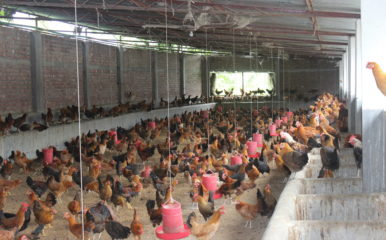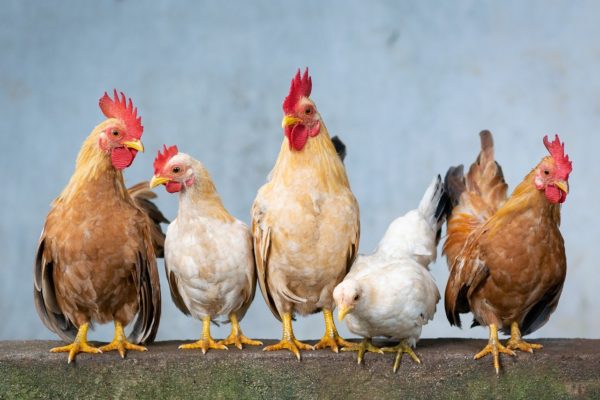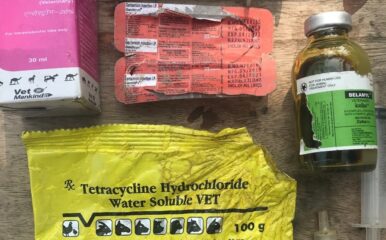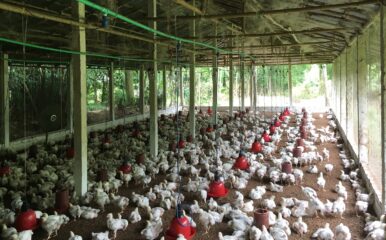
Blog post
Facts about fowls
Partners: Anand Agricultural University
Published on 01/09/2022
A nine-point plunge into the world's most populous type of bird.

Xuan-Tuan-Anh-Dang/Pixabay
 This blog focuses on the ZOODLE word ‘FOWLS’.
This blog focuses on the ZOODLE word ‘FOWLS’.
- Fowls (also known as poultry) are domesticated birds raised for eggs and meat. The term covers a range of birds, from Muscovy and mallard ducks to turkeys, guinea fowl, geese, quail, pigeons, ostriches and pheasants. But it is the chicken which is the greatest in number, being the world’s most populous bird.
- Chickens form social structures, known as ‘pecking orders’. They have a great memory, strong colour vision, can communicate with each other effectively and are taught sounds by their ‘mother’ hen while still in the egg. Hens can choose which rooster fathers their chick in nature. And a rooster isn’t needed for a hen to start or continue laying eggs.
- Poultry is the most widely eaten meat globally, providing a useful, high-protein low-fat source of nutrition that is acceptable to many religions and cultures. And chickens are the most efficient (in food conversion terms) and sustainable of all livestock, making them the most profitable of farm animals.
- More than a trillion hen eggs and 100 million tons of chicken meat are produced each year. Broiler meat production was forecast to be around 101 million metric tons by 2022 – up from 92.7 million metric tons in 2018.
- As well as their meat and eggs, there is value to be had from chickens’ feathers. Of course these can provide stuffing for pillows, but they can also be used for insulation, to make babies’ nappies and to strengthen plastics. Chicken manure makes good fertiliser too.
- Asia has the greatest number of fowls in the world. More than 64% of the world’s egg production and 40% of poultry meat production is in Asia. In the 10 years to 2018, poultry production in Bangladesh more than tripled, going from 255,000 tons to 865,000 tons, and nearly doubled in India, going from 1.92m tons to 3.62m tons.
- Poultry production provides an important means of enhancing livelihoods in rural populations in low- and middle-income countries, and many rural households keep birds. Poultry production is considered a crucial part of global development.
- To satisfy increased demand, intensified poultry production is increasing globally, including in Asia. However, rapid intensification of poultry production can come with big public health risks. For example, fowls acts as a potential reservoir of many zoonotic diseases, including the bacteria that cause salmonellosis and campylobacteriosis in people, and the viruses that cause avian influenza. Zoonotic diseases of poultry are a threat to profitable poultry farming as well as to animal and human health.
- Researchers in the One Health Poultry Hub are exploring how rapid expansion of poultry production increases risk of infectious disease and why certain processes and behaviours are risky. As part of its work, it is testing novel interventions for disease control, informing policy processes and building research capacities.


